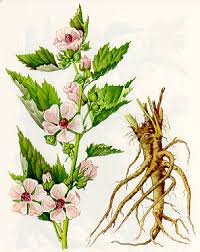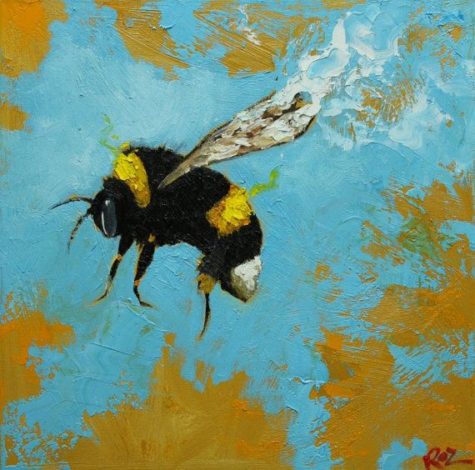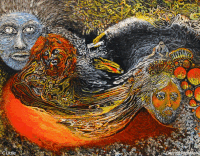Stings
For the Sting of a Wasp or Bee
A Liverpool paper states as follows:
“A few days ago, happening to be in the country, we witnessed the efficacy of the remedy for the sting of a wasp mentioned in one of our late papers. A little boy was stung severely and was in great torture, until an onion was applied to the part affected, when the cure was instantaneous. This important and simple remedy cannot be too generally known, and we pledge ourselves to the facts above stated.”
From: Pow-Wows, or Long Lost Friend, by John George Hoffman, [1820]
Marsh Mallow Poultice
 The powdered or crushed fresh roots of the Marsh Mallow make a good poultice that will remove the most obstinate inflammation and prevent mortification. Its efficacy in this direction has earned for it the name of Mortification Root.
The powdered or crushed fresh roots of the Marsh Mallow make a good poultice that will remove the most obstinate inflammation and prevent mortification. Its efficacy in this direction has earned for it the name of Mortification Root.
Slippery Elm may be added with advantage, and the poultice should be applied to the part as hot as can be born and renewed when dry.
An ointment made from Marsh Mallow has also a popular reputation, but it is stated that a poultice made of the fresh root, with the addition of a little white bread, proves more serviceable when applied externally than the ointment.
The fresh leaves, steeped in hot water and applied to the affected parts as poultices, also reduce inflammation, and bruised and rubbed upon any place stung by wasps or bees take away the pain, inflammation and swelling.
Pliny stated that the green leaves, beaten with nitre and applied, drew out thorns and prickles in the flesh.
Source: A Modern Herbal
For information about the individual herbs visit: The Encyclopedia of Herbology
Saida: Salves To Heal Up Wounds
Brenda-Lee: Egg White Cough Cure
Pat Scott: Marsh Mallow Ointment
Sharon from Cleveland, Ohio: Egg White Cough Cure
Vagabond Witch: Soapwort Shampoo


